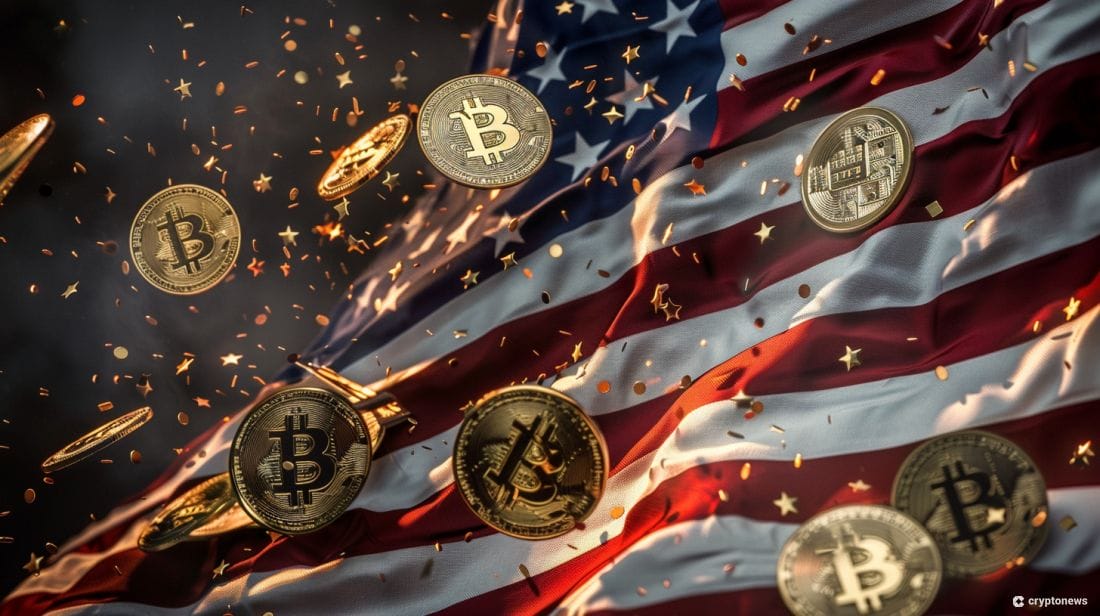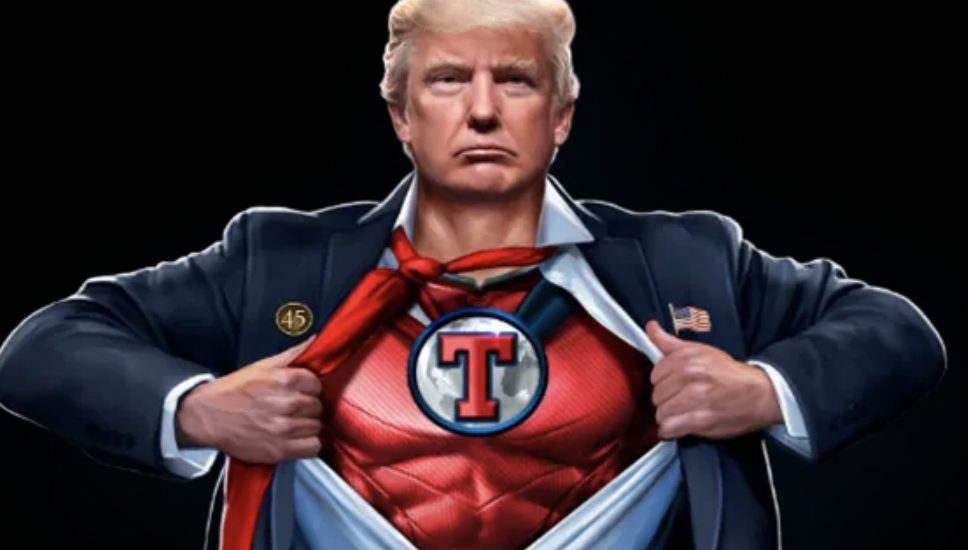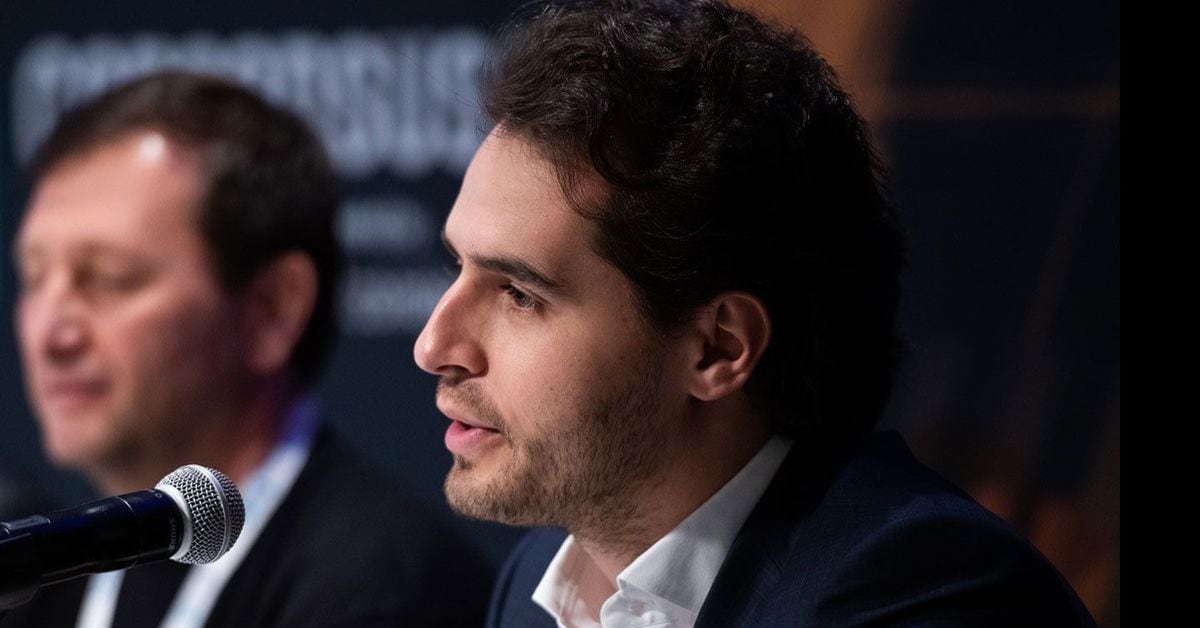In the ever-evolving world of digital art and blockchain technology, non-fungible tokens (NFTs) have emerged as a groundbreaking phenomenon. These unique digital assets have not only captivated the art world but also opened up new avenues for artists and creators to monetize their work in the digital realm. At the heart of this revolution lies a powerful tool known as the NFT generator. This innovative technology is transforming how digital art is created, valued, and traded on the blockchain, making it an exciting time for both artists and collectors.
NFT generators are more than just a trend; they represent a significant shift in the digital art landscape. By allowing artists to convert their creations into blockchain-based assets and rather than getting them to rely on minting services, these tools are unlocking new possibilities and changing the perception of digital ownership. Whether you’re an artist, a digital enthusiast, or simply curious about this new wave of technology, understanding NFT generators is key to grasping the future of digital art.
What are NFT Generators?
NFT generators are the cornerstone of the modern digital art and blockchain intersection. But what exactly are they? Simply put, an NFT generator is a specialized tool or platform that enables creators to produce and mint their own unique NFTs. These digital assets, unlike traditional forms of art, carry a distinct value and authenticity, as they are securely recorded on a blockchain network. This feature of being ‘non-fungible’ means each NFT is one-of-a-kind and cannot be exchanged on a one-to-one basis, unlike cryptocurrencies.
The rise of NFT generators marks a significant departure from traditional digital art tools. While conventional tools focus on the creation aspect of art, NFT generators go a step further by integrating the art into the blockchain ecosystem. This integration not only ensures the uniqueness of each piece but also allows for secure ownership and transaction records.
What does this mean for artists and creators? NFTGenerator.io, a trusted NFT creator tool, says that this would be a revolutionary way for artists to monetize digital content across various domains like art, music, gaming, and more. By using NFT generators, creators can now offer collectors the opportunity to own and trade digital assets with verified scarcity and provenance.
The best part about the process is its accessibility to the average user. For instance, sites such as NFTGenerator.io will take care of the technical stuff such as smart contract deployment, and help with the creation of a custom mint page. The ease-of-use aspect of NFT generators replaces expensive minting services that take a percentage cut from NFT sales.
The Process of Getting Art on the Blockchain
The journey of transforming a digital artwork into a blockchain-enshrined NFT may seem daunting at first, but NFT generators have simplified this process considerably. Here’s a breakdown of how it typically works:
1. Creation of Unique Assets
The first step is where the magic of creativity happens. Artists upload their digital artworks – be it paintings, music tracks, videos, GIFs, or 3D models – to the NFT generator. This tool then converts these assets into NFTs by attaching unique identifiers to each item. This process is crucial as it ensures the distinctiveness of each NFT, a key factor in establishing their value and desirability.
2. Adding Metadata and Descriptions
Next, creators enrich their NFTs with metadata and descriptions. This includes details like the title, creation date, and other relevant information about the asset. This metadata is not just for informational purposes; it plays a critical role in helping potential buyers understand the provenance and history of the NFT. Metadata can also affect the rarity and utility of the NFTs in a larger collection, for example.
3. Smart Contract Integration
This step involves integrating the NFTs with blockchain ecosystems that support such tokens, such as Ethereum or Binance Smart Chain. The NFT generator employs smart contracts – self-executing contracts with the terms of the agreement directly written into code – to manage the minting, ownership, and transfer of NFTs in a secure and transparent manner.
4. Minting the NFTs
Once the digital asset and its metadata are ready, the NFT generator mints the token on the selected blockchain. Minting is essentially the process of creating a new blockchain entry for the NFT, establishing its existence and uniqueness on the network. This step often involves a fee, known in Ethereum as ‘gas’, for example, to process the transaction.
5. Ownership and Transfer
Following minting, the creator initially owns the NFT. They can then choose to keep it, display it in a digital collection, or sell it on various NFT marketplaces. The beauty of NFTs is their ease of transferability, allowing seamless peer-to-peer transactions and trading.
By demystifying the technical complexities, NFT generators have made it feasible for artists and creators to venture into the world of blockchain and digital assets with confidence and creativity.
Basic Steps for Beginners Using NFT Generators
For those new to the world of NFTs and blockchain, using an NFT generator can seem like navigating uncharted waters. Here’s a simplified guide to help beginners get started:
1. Selecting the Right NFT Platform/Ecosystem
The first step is choosing a blockchain and subsequent platform that suits your needs. Different ecosystems and platforms offer various features, fees, and supported blockchain networks. Minting NFTs on Ethereum or Solana, for instance, will require ample research into the respective ecosystems – each with its own advantages, challenges, and unique communities.
2. Setting Up a Cryptocurrency Wallet
Before you can mint NFTs, you need a cryptocurrency wallet. This digital wallet will be used to store your NFTs and manage transactions, including paying for minting fees and receiving payments for sold NFTs. Wallets like MetaMask, Coinbase Wallet, and Trust Wallet are commonly used and integrate well with most NFT platforms.
3. Creating Your Digital Artwork
This is where your creativity shines. Create your digital art piece – whether it’s a painting, a digital illustration, a piece of music, or any other form of digital content. Ensure that you have the intellectual property rights to the artwork you intend to convert into an NFT.
4. Uploading and Minting Your Artwork as an NFT
Once your artwork is ready, upload it to the chosen NFT platform. You will need to provide the necessary details and set up metadata for your NFT. Following this, you can proceed with minting your artwork as an NFT on the blockchain. Be aware of any associated fees (like gas fees on the Ethereum network) during this process.
5. Listing and Selling Your NFT
After minting your NFT, you can list it for sale on the NFT marketplace. You can set a fixed price or opt for an auction format in some cases. Once listed, your NFT is available for collectors and buyers globally, giving your artwork a broad and diverse audience.
By following these steps, even beginners can take advantage of the opportunities offered by NFTs and start creating and selling their unique digital assets.
Best Practices and Tips for Artists Using NFT Generators
1. Familiarize with NFT Generator Features
Understanding the specific features and capabilities of your chosen NFT generator is crucial. Each generator may offer different customization options, integrations with blockchain networks like Ethereum and Binance Smart Chain, and tools to enhance your artwork’s digital representation.
2. Optimize Artwork for Digital Representation
When preparing your art for NFT generation, consider how it will be perceived digitally. This includes focusing on visual quality, file formats, and how elements of your art might interact with blockchain technology to create a unique NFT experience.
3. Leverage Unique Generator Capabilities for Creativity
Utilize the unique capabilities of NFT generators, such as layering, randomization, and rarity settings, to create diverse and intriguing collections. This can add value to your NFTs by making each piece distinct and collectible and adding rarity to the mix.
4. Test and Preview Before Minting
Utilize the preview and test features of your NFT generator thoroughly. This helps in identifying any issues or tweaks needed before the final minting process, ensuring a smooth and successful creation of your NFTs.
Final Thoughts
Reflecting on the evolution of NFTs, we do remember when the process of turning digital art into blockchain NFTs used to seem tricky, but now that NFT Generators have simplified it, artists can move away from expensive services and join the NFT world more easily.
These tools not only help create special digital items but also smoothly fit them into the blockchain, changing how we value and trade digital art. NFT generators are more than a passing trend; they’re a big shift that gives artists a cool way to earn from their work and rethink ownership in the digital world.
All investment/financial opinions expressed by NFTevening.com are not recommendations.
This article is educational material.
As always, make your own research prior to making any kind of investment.
Credit: Source link



























